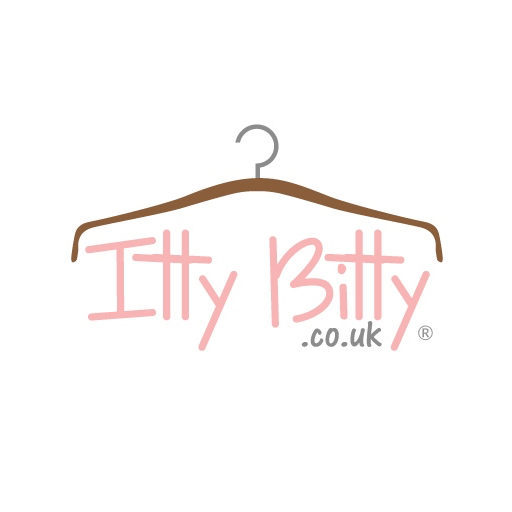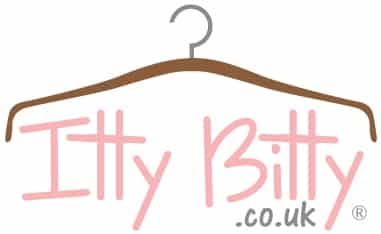5 Signs Your Baby Is Ready to Wean
Are you considering weaning your baby? If so, it is important to look for certain signs that indicate your child is ready. Every baby develops at his or her own pace, so there is no one-size-fits-all answer to this question. However, there are a few general indicators that can help you decide if the time is right. In this blog post, we will discuss five of the most common signs that a baby is ready to start eating solid foods.
Baby-led weaning, introducing solid foods, swallow food, baby-ready for other foods, first taste sufficiently developed.
5 signs baby is ready for weaning
It’s a milestone every parent looks forward to the day when their little one finally starts eating solid foods and they can begin the process of weaning. But how do you know when the baby is really ready to make the transition from formula milk to solids? Good coordination by the world health organization for all the nutrition for baby food.
1. Baby is at least 6 months old.
The American Academy of Pediatrics recommends that babies be at least 6 months old before they start eating solid foods, so this is a good place to start.
2. Baby is showing interest in food.
If your little one is starting to watch you eat with interest or reach for your food, it’s a good sign that they’re ready to start trying some solid foods of their own.
3. Baby can sit up unassisted and has good head control.
In order to eat solid foods, babies need to be able to sit up on their own and have good control of their head and neck, sitting position, and head steady.
4. Baby has lost the tongue-thrust reflex.
This reflex disappears around 4-6 months old and allows babies to move food from the front of their mouth to the back for swallowing.
5. Baby is ready and willing to try new things!
This one is pretty self-explanatory; if the baby is excited about trying new foods, then they’re probably ready to start weaning.
When, What, and How to Introduce Solid Foods
The Dietary Guidelines for Americans and the American Academy of Pediatrics recommend children be introduced to foods other than breast milk or infant formula when they are about 6 months old. Introducing foods before 4 months old is not recommended. Every child is different.
How Should I Prepare Food for My Child to Eat?
At first, it’s easier for your child to eat foods that are mashed, pureed, or strained and very smooth in texture. It can take time for your child to adjust to new food textures. Your child might cough, gag, or spit up. As your baby’s oral skills develop, thicker and lumpier foods can be introduced.
Some foods are potential choking hazards, so it is important to feed your child foods that are the right texture for his or her development. To help prevent choking, prepare foods that can be easily dissolved with saliva and do not require chewing. Feed small portions and encourage your baby to eat slowly. Always watch your child while he or she is eating.
Need Highchairs for your little ones when ready for their first foods?
Baby Boutique by itty bitty is the first true baby boutique founded in the UK, dedicated to nothing but stunning fashion from some of the most creative designers, as well as personalized fashion options for babies and kids of all ages. Also offers premium high chairs for babies to grow with their parents’ style over time.
If your baby is displaying any of these signs, it may be time to start thinking about weaning. Of course, every child is different and you should always consult with your pediatrician before making any decisions about starting or stopping breastfeeding. But if you’re noticing that your little one is less interested in breast milk and more interested in food, it might be time to begin the weaning process.

